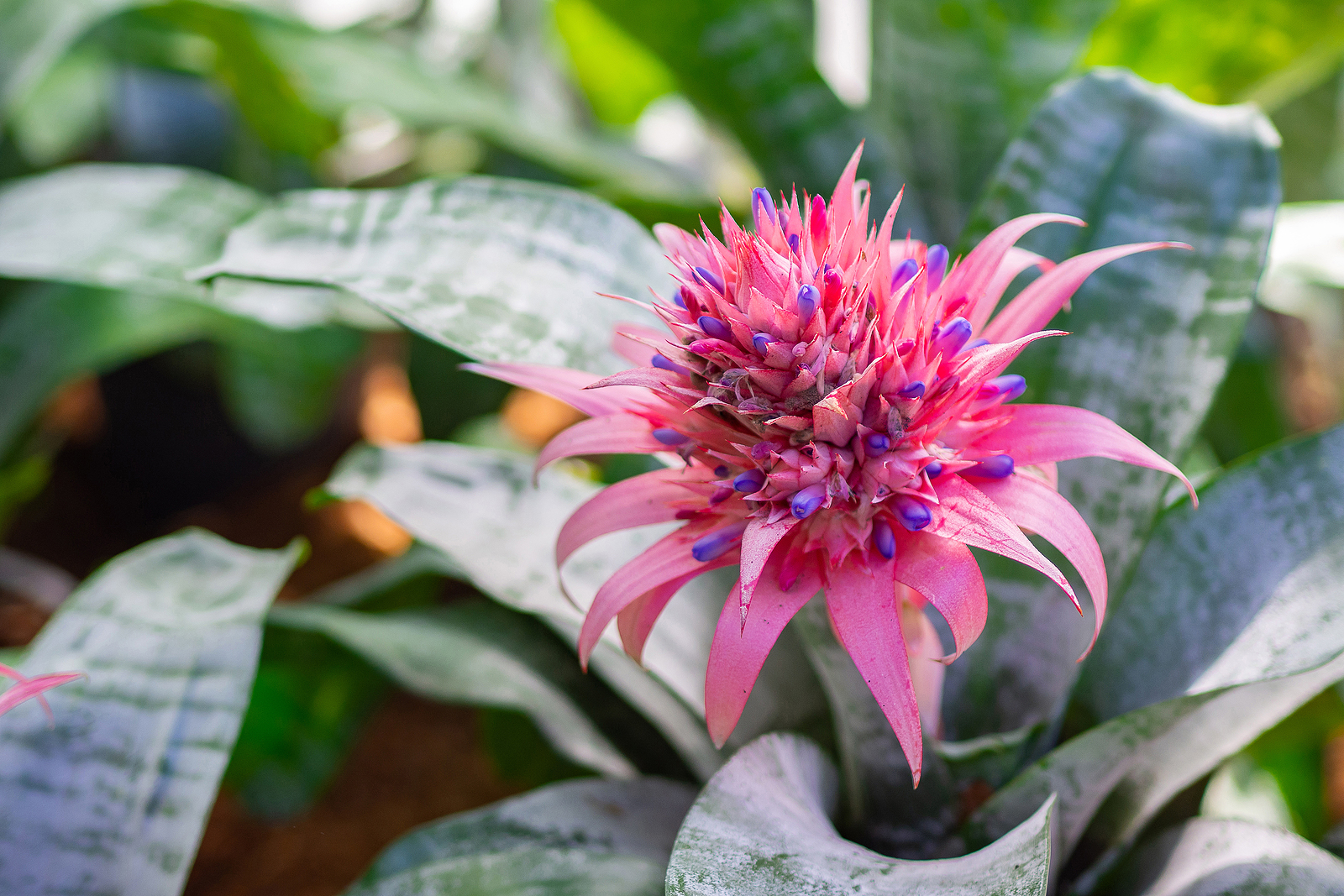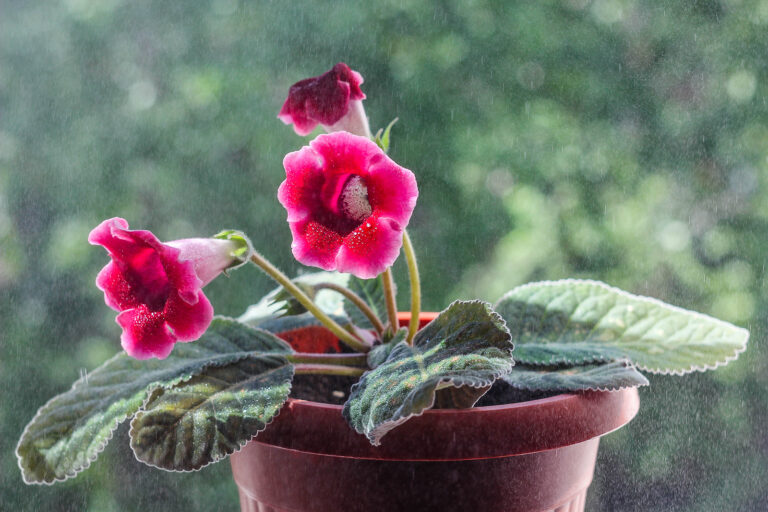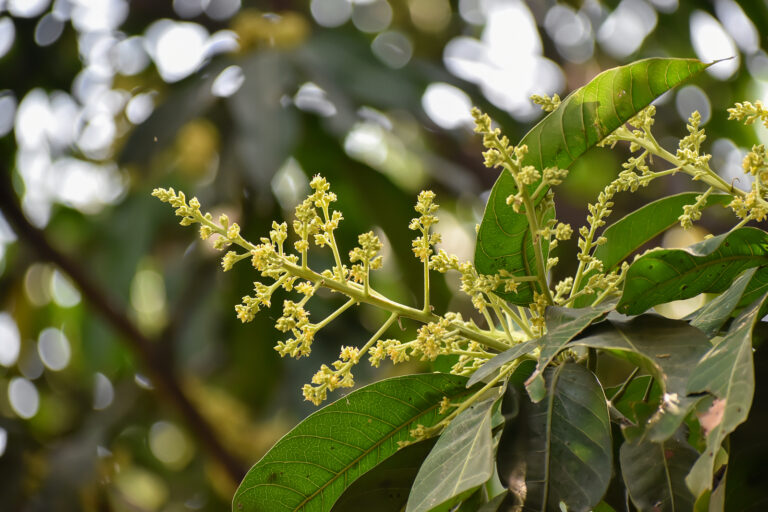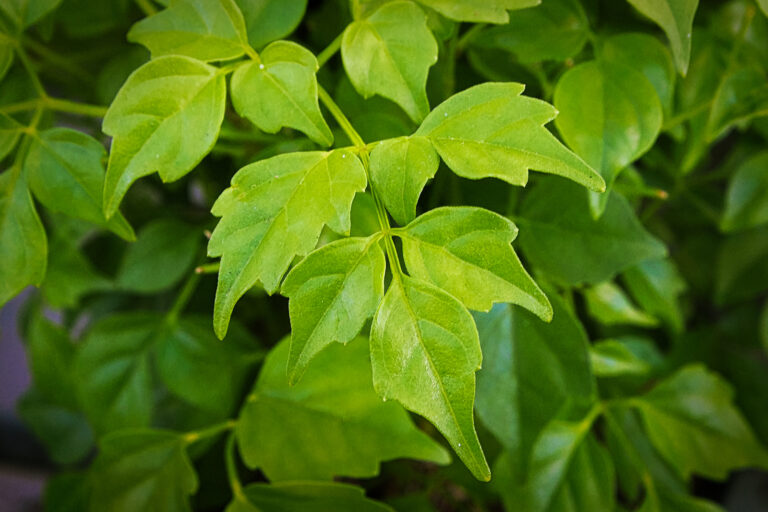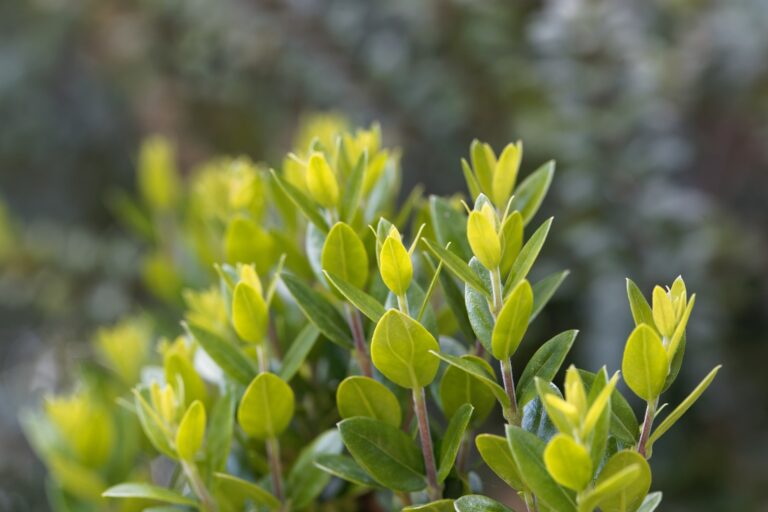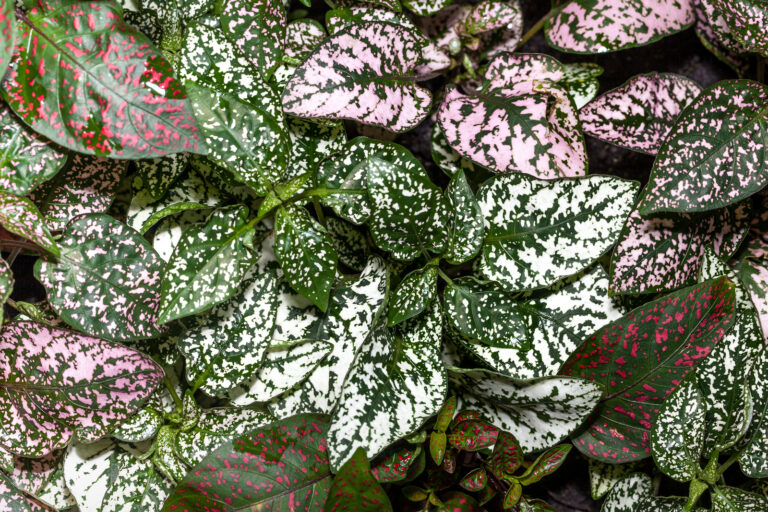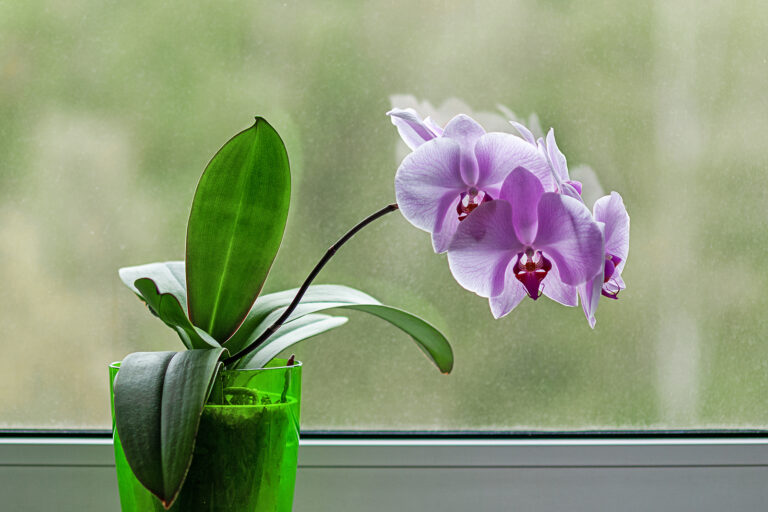How to Grow Pineapple — Ananas
Ananas–commonly called pineapple–is an evergreen, perennial bromeliad grown for its fruit in tropical and subtropical regions and for its foliage in cooler climates. Ananas produces rigid, strap-shaped leaves that form rosettes out of which rise large, dense oblong heads of tiny tubular flowers. The flowers are replaced by fleshy, succulent pineapples.
Ananas flower spike bearing pink bracts surrounding blue or pink flowers, emerge from the center of the rosette of leaves. Eventually, the spike thickens to form a pineapple which is topped by a cluster of toothed leaves. Fruits can grow to 10 inches (25cm) long.
Ananas requires warm, humid conditions for growing outdoors. In temperate climates where temperatures fall below 59°F (15°C), Ananas is best grown as a houseplant or in a greenhouse where it may not produce edible fruit.
Ananas is a genus of 5 species of evergreen, terrestrial perennial bromeliads native to South America.
Get to know Ananas
- Plant type: Perennial bromliad
- Growing zones and range: Zones 11-15
- Hardiness: Below 59°F (15°C) grow Ananas indoors
- Optimal growing temperature: day, 68° to 85°F (20° to 29°C); night, will tolerate drops to 60°F (16°C) or less.
- Height and width: 18 to 36 inches (45-90cm) tall and 20 to 24 inches (50-60cm) wide depending on the variety.
- Foliage: Rosettes of lance-shaped, spiny leaves
- Flowers: Showy flowers in dense, terminal, cone-like infloresecnes on thick stems; bracts are pink, red, or white bracts on tall spikes.
- Bloom time: Summer
- Fruit: Flowers are followed by thick, cylindrical, edible fruits, pineapples.
- Uses: Houseplant, tropical garden
- Common name: Pineapple
- Botanical name: Ananas
- Family name: Bromeliaceae
- Origin: South America
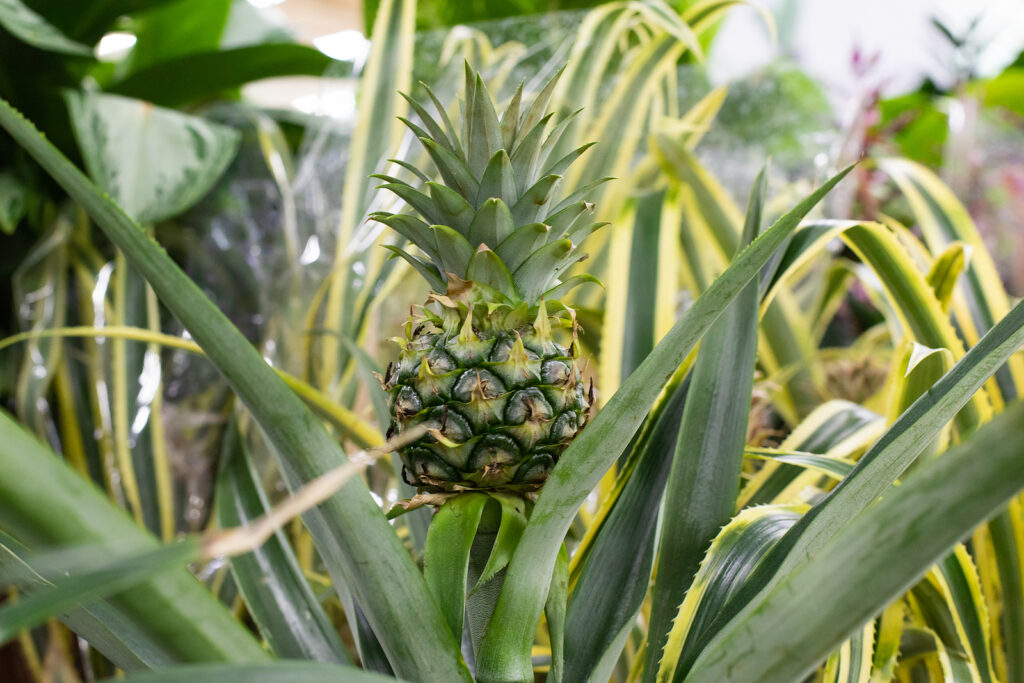
Where to plant Ananas
- Light: Full sun outdoors; indoors full sun or bright light from a southern exposure. Air circulation is important.
- Soil: Indoors use a terrestrial bromeliad mix. Outside, grow in well-drained, humus-rich soil.
When to plant Ananas
- Ananas can be plant any time of the year outdoors in tropical or subtropical regions.
Planting and spacing Ananas
- Space Ananas 20 to 24 inches (50-60cm) apart depending on the variety.
How to Water and Feed Ananas
- Water: Water freely during the growing season and flowering period. Let the soil dry slightly between thorough waterings. Mist daily. Humidity, 45% to 60%. Keep the soil barely moist other times of the year.
- Keep the leaf cup at the base of the plant filled with water.
- Feeding: Feed Ananas once a month, with mild balanced liquid fertilizer. Avoid oil-based products such as fish emulsion. Apply fertilizer to soil after watering.
Ananas care
- Ananas growth may slow in winter; reduce water.
- Ananas dies within 2 years after flowering.
- If the plant has not flowered after three years, put it in a plastic bag with an apple and set it in indirect light for four to five days to encourage flowering.
Growing Ananas as a houseplant
- Ananas comosus can be grown as a houseplant.
- Ananas must have direct light to produce the best leaf color.
- Provide good air circulation, average humidity, and a warm temperature.
- Allow the surface of the soil to dry between thorough waterings.
- Fertilize once a month during spring and summer.
Ananas pests and diseases
- Check Ananas for scale insect and mealybugs.
- Wet root rot can occur.
Ananas propagation
- Propagate Ananas from offsets cut from leafy top of pineapple fruit. Allow a day or two to callus before planting.
- Root basal offsets in early summer.
Ananas varieties to grow
- Ananas bracteatus, red pineapple. Has 2 to 3 foot (1m) leaves; bears shory red flower with long, spiny bracts.
- A. comosus, common pineapple. Has 30- to 36-inch (76 to 91 cm) rosette of dark green leaves; blooms are red to light purple; mature plant produces edible fruit after flowering.
- A. comosus ‘Variegatus’. Rosette of ivory, green, and pink foliage; ornamental fruit is red, flowers are blue.
- A. nanus, a dwarf, grows to 15 inches (38 cm), most suitable for indoor growing with green leaves and green fruit.

